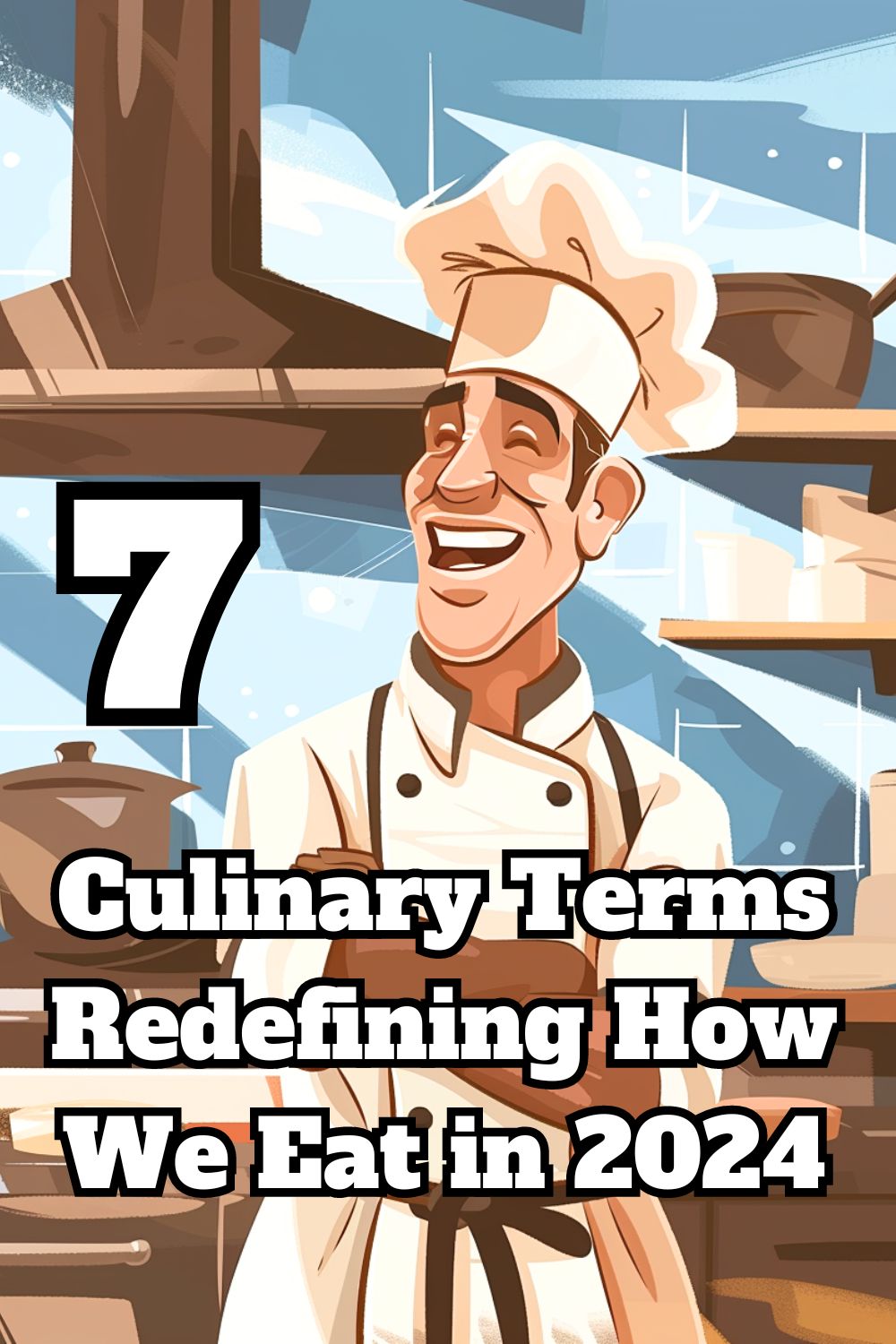Hey food lovers! Have you noticed how the culinary world is always buzzing with fresh trends and lingo? From the latest diet crazes to cutting-edge cooking techniques, there’s always something new to spice up our kitchens and menus.
In this issue, we’re diving into some of the hottest new culinary terms that are shaking up the way we cook, eat, and think about food. Whether you’re a seasoned chef, a home cook, or just someone who loves to eat, get ready to expand your foodie vocabulary and impress at your next dinner party. Let’s dig in!
1. Flexitarian: The Balanced Approach to Eating
The flexitarian diet has gained popularity as people seek to reduce their meat consumption for health, environmental, and ethical reasons without fully committing to vegetarianism or veganism. This diet supports sustainable eating practices, contributing to lower carbon footprints and reduced strain on natural resources.
Examples:
- Quinoa and Black Bean Salad
- Vegetable Stir-Fry
- Mushroom and Spinach Frittata
Flexitarian is a portmanteau word combining “flexible” and “vegetarian.” For more word creations like this one, check out our awesome mashup list of 34 Portmanteau words in the English language.
2. Plant-Based: Focusing on Plant-Derived Foods
The rise of plant-based diets has led to a surge in innovative plant-based products, such as meat substitutes and dairy alternatives. This trend aligns with growing consumer interest in health and sustainability, driving changes in both home cooking and restaurant menus.
Examples:
- Plant-Based Burgers (e.g., Beyond Meat, Impossible Burger)
- Almond Milk and Oat Milk
- Cauliflower Rice and Zoodles (zucchini noodles)
3. Sous Vide: Precision Cooking
Sous vide has transformed professional kitchens and home cooking alike, offering chefs and home cooks greater control over the cooking process. It results in perfectly cooked dishes with enhanced texture and taste, often difficult to achieve with traditional cooking methods.
Examples:
- Sous Vide Steak: Cooked to exact doneness with a tender, juicy result
- Sous Vide Vegetables: Evenly cooked while retaining their nutrients and vibrant colors
- Sous Vide Eggs: Creamy and consistently cooked, ideal for dishes like Eggs Benedict
4. Umami: The Fifth Taste
Understanding and incorporating umami has revolutionized cooking by helping chefs create more flavorful and satisfying dishes. Foods high in umami are often used to deepen the taste of broths, sauces, and marinades, making them integral to various cuisines around the world.
Examples:
- Mushrooms: Especially varieties like shiitake and porcini
- Tomatoes: Both fresh and sun-dried, as well as tomato paste
- Aged Cheeses: Such as Parmesan and Roquefort
5. Hyperlocal: Ultra-Local Sourcing
The hyperlocal movement enhances the freshness and flavor of ingredients while drastically reducing the carbon footprint associated with food transportation. It also supports urban agriculture and gives chefs direct control over the quality and variety of produce used in their dishes.
Examples:
- Rooftop Gardens: Restaurants growing their own herbs, vegetables, and even fruits on their rooftops.
- Urban Farms: Utilizing small plots of land within city limits to cultivate fresh produce for local restaurants and communities.
- On-Site Greenhouses: Establishments investing in greenhouses to grow a variety of crops year-round, ensuring a steady supply of ultra-fresh ingredients.
6. Ghost Kitchens: The Future of Food Delivery
Ghost kitchens have revolutionized the food delivery industry by reducing overhead costs associated with running a traditional restaurant. They allow chefs and entrepreneurs to experiment with new concepts and menus without the financial burden of maintaining a physical dining space. This model has gained significant traction, especially with the rise of food delivery apps and the increased demand for takeout during the COVID-19 pandemic.
Examples:
- Multi-Brand Kitchens: One kitchen facility prepares food for various restaurant brands or concepts.
- Delivery-Only Restaurants: Restaurants operate exclusively through delivery platforms like Uber Eats, DoorDash, and Grubhub.
- Pop-Up Virtual Brands: Established restaurants launching new virtual-only brands to reach a broader audience and test new menu items.
7. Molecular Gastronomy: Science Meets Cuisine
Molecular gastronomy has introduced a new realm of creativity in the culinary world. Chefs use it to deconstruct and reimagine traditional dishes, creating new textures and flavors. Techniques such as spherification, foams, and liquid nitrogen freezing have become hallmarks of this modernist cuisine, providing diners with a multisensory dining experience.
Examples:
- Spherification: Transforming liquids into spheres that burst with flavor when eaten, often used for creating faux caviar.
- Foams: Foaming agents are used to create airy, light textures that add a new dimension to dishes.
- Liquid Nitrogen: Flash-freezing ingredients to create unique textures and dramatic presentations, such as instant ice cream.

Hey fellow Linguaholics! It’s me, Marcel. I am the proud owner of linguaholic.com. Languages have always been my passion and I have studied Linguistics, Computational Linguistics and Sinology at the University of Zurich. It is my utmost pleasure to share with all of you guys what I know about languages and linguistics in general.


